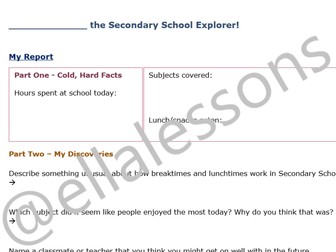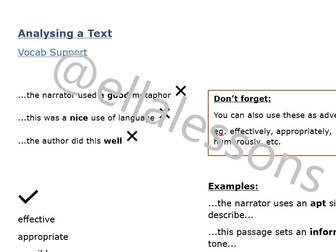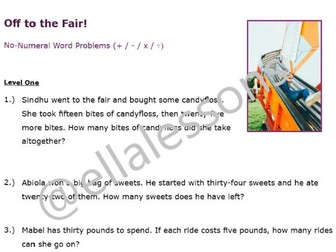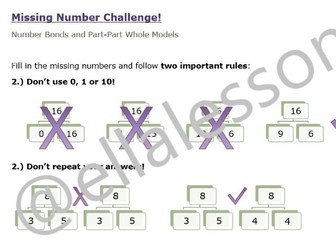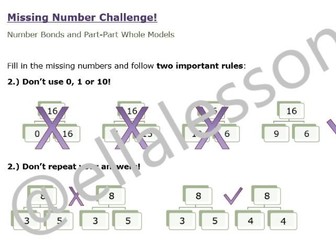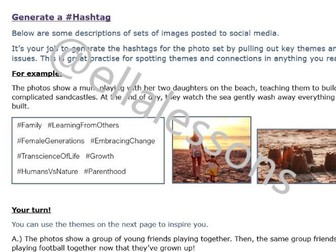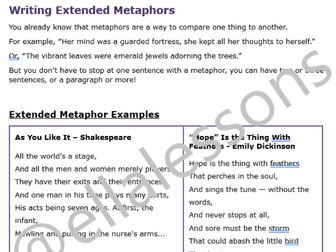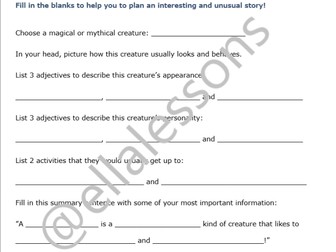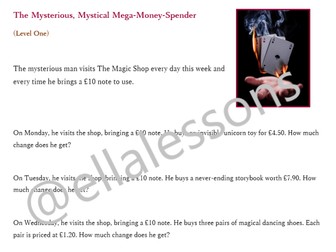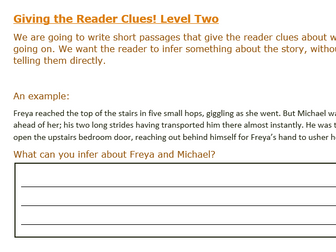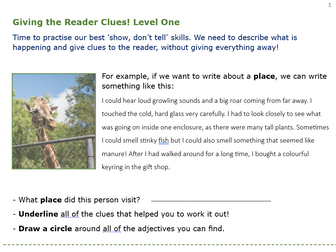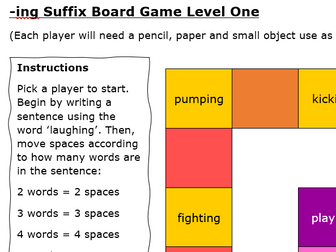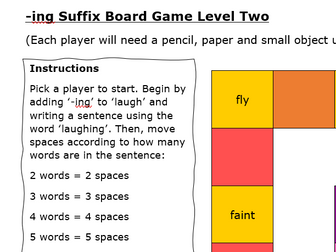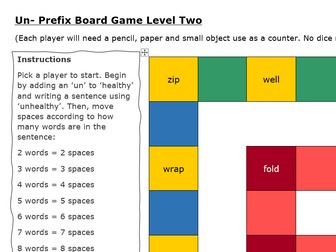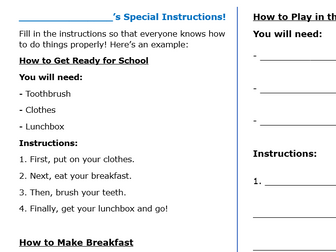Key Number Facts – Multiplication and Division - KS2 / KS3
<p><strong>Made by Ella (@ellalessons) - educator and resource creator.</strong></p>
<p><strong>For Printing<br />
For Interactive Use<br />
For Teachers and Tutors</strong></p>
<p><strong>A Maths worksheet on key multiplication and division facts</strong><br />
This 2-page Maths activity asks students answer sets of questions on key arithmetic facts that they should really know by heart, eg: 125 / 5 or 5 x 20, etc. I often find that students don’t have these at the forefront of their minds when reaching Secondary School so this kind of extra practise always comes in very handy!<br />
Both sheets have a slightly different mixture of questions, with the second sheet being a little more difficult but still within the same range, so one student can use both!<br />
The worksheet is suitable for Y5, Y6, Y7, Y8, Y9. UKS2 or KS3<br />
Optimised for Microsoft Word.<br />
Use as an interactive worksheet by equipping the pencil drawing tool and adding the answers straight onto the document!</p>
<p><strong>Covers the following skills:</strong><br />
Arithmetic<br />
Multiplication and Division<br />
Number Facts<br />
Number Bonds</p>
<p><strong>Year group:</strong> UKS2 / KS3<br />
<strong>Topic:</strong> Number<br />
<strong>No. of pages:</strong> 2<br />
<strong>Answers:</strong> No</p>
<p><strong>Always Dyslexia-Friendly!</strong><br />
Clear, uniform spacing as far as possible</p>
<p>Any/all images used are copyright-free – sourced from Unsplash<br />
Thanks for downloading!</p>



